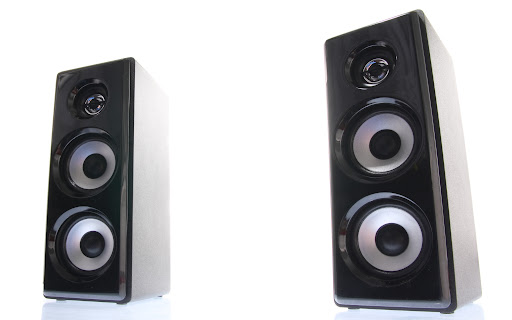The Role of Noise-Cancelling Technology in Landline Headsets
Landline headset have a wealthy history that days back to the first 20th century. Initially, these were developed mainly for use in phone switchboards, where operators needed hands-free conversation while controlling multiple calls. These early earphones were bulky and frequently featured single-ear patterns with a microphone mounted on a headband. They changed interaction by liberating up operators’ fingers and improving efficiency in managing calls.
As technology advanced through the mid-20th century, home earphones changed alongside it. The release of increased headsets in the 1950s allowed for sharper music sign, creating them necessary instruments in various industries such as for example customer care, aviation, and broadcasting. By the 1970s, developments in components and manufacturing techniques generated more light and comfortable styles, enhancing user ease all through extended use.
Present: Modern Functions and Purposes
In today’s digital era, home earphones have become vital in both qualified and particular settings. Modern headsets integrate a selection of characteristics designed to enhance user knowledge and productivity. Dual-ear styles provide increased noise quality and noise termination, creating them suitable for noisy situations like call centers and offices. Instant technology, including Wireless connectivity, has eliminated the necessity for awkward wires, giving freedom of motion while sustaining audio clarity.
Moreover, ergonomic types and flexible headbands ensure ease for people for the duration of prolonged times of wear. Integration with digital style assistants and compatibility with multiple devices have more increased the versatility of landline headphones, catering to varied conversation needs in a linked world.
Future Outlook: Innovations and Tendencies
Seeking forward, the continuing future of home headphones promises fascinating breakthroughs driven by engineering and individual demand. Among the crucial tendencies surrounding the long run could be the integration of artificial intelligence (AI) for enhanced voice acceptance and automatic functionalities. AI-powered earphones may potentially streamline interaction jobs, such as for example real-time language interpretation throughout calls or automated transcription services.
Additionally, improvements in products science can lead to also lighter and stronger headsets, adding biometric receptors for health monitoring or adaptive noise termination that sets to the user’s setting automatically. The idea of enhanced fact (AR) headphones may possibly also expand to home products, providing immersive conversation experiences that blend electronic components with real-world interactions.
As sustainability becomes a goal, future landline headsets are likely to focus on eco-friendly resources and energy-efficient styles, aligning with world wide initiatives towards environmental conservation. Moreover, improved connection criteria and increased compatibility across programs may assure seamless integration into evolving electronic ecosystems.
To conclude, the development of landline headsets from their humble origins to the present time showcases an extraordinary trip of innovation and adaptation. As technology remains to advance, these essential communication resources will certainly perform a crucial position in shaping the future of connectivity and productivity across various industries and daily life.

